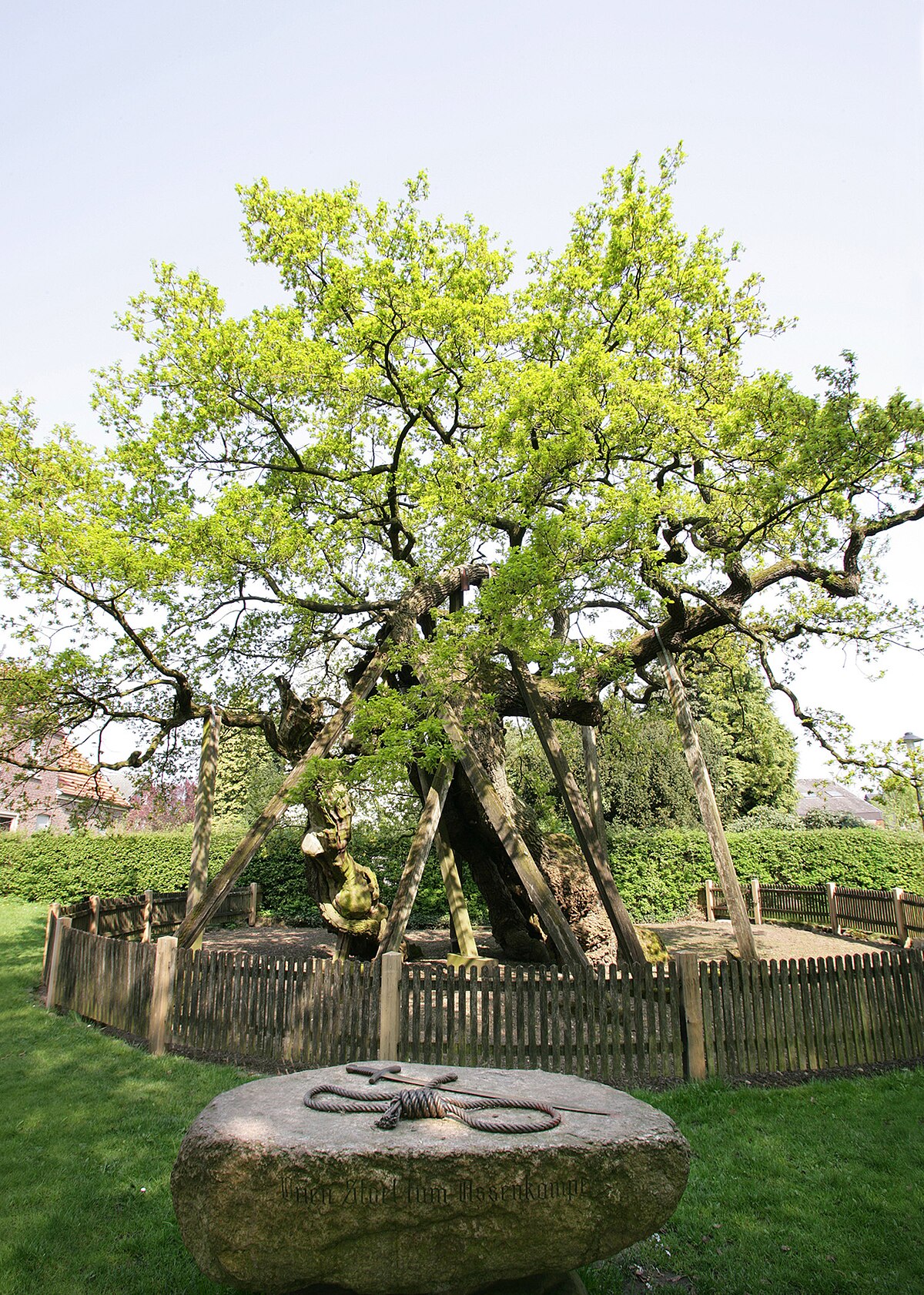condor1992
Well-known member

There are superlative trees in the UK. I was surprised to hear it, but there are some majestic, very old, very beautiful individual, named and dated organisms, the age and size of which is incredible. In autumn 2022, I tried to see some of the best ones. One of the trees I saw may be the second oldest non-cloning tree in the world.
Windsor Great Park
In September, I visited Windsor to see some rare fungi. As well as a certain oak tree. This oak tree, known as King Offa's oak, is the oldest oak in the UK, and by far the oldest in Windsor, at over 1,300 years old. The problem was, it grew on private crown estate land. When I got there, I met someone who agreed to show me the tree, which is out of bounds for many people. The tree looked healthy and majestic, and had a live, vigorous top, even though the trunk had split into 3 giant pieces.
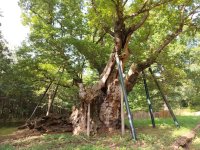
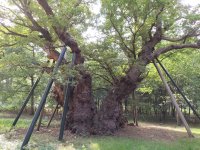
Macclesfield
Somewhere in rural Cheshire, there lives the widest tree in the UK. With a girth of 14.02 meters, and an age of 1,200 years, the Marton oak doesn't look like one tree, but like three huge trees growing close together. This has been the widest tree in the UK since the collapse of the Newland oak long ago. This tree also grew on private land, and I was immensely privileged to see it. I cannot overstate the tree's enormity in my eyes.
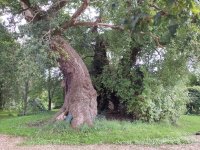
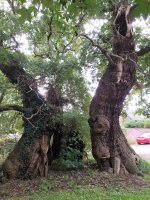
Llangernyw
The Llangernyw yew is one of the oldest trees on the planet. Investigations into the tree's age by David Bellamy using high-precision techniques have established a minimum age of 4,000 years for the yew, and it could be as high as 5,000 years! It may be even older than Methuselah, and as such may be the second-oldest non cloning tree in the world, only truly surpassed by the Fortingall yew. Getting there was a nightmare, but I did not regret it.
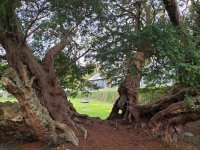
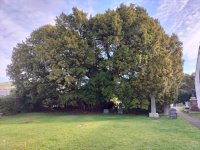

Windsor Great Park
In September, I visited Windsor to see some rare fungi. As well as a certain oak tree. This oak tree, known as King Offa's oak, is the oldest oak in the UK, and by far the oldest in Windsor, at over 1,300 years old. The problem was, it grew on private crown estate land. When I got there, I met someone who agreed to show me the tree, which is out of bounds for many people. The tree looked healthy and majestic, and had a live, vigorous top, even though the trunk had split into 3 giant pieces.


Macclesfield
Somewhere in rural Cheshire, there lives the widest tree in the UK. With a girth of 14.02 meters, and an age of 1,200 years, the Marton oak doesn't look like one tree, but like three huge trees growing close together. This has been the widest tree in the UK since the collapse of the Newland oak long ago. This tree also grew on private land, and I was immensely privileged to see it. I cannot overstate the tree's enormity in my eyes.


Llangernyw
The Llangernyw yew is one of the oldest trees on the planet. Investigations into the tree's age by David Bellamy using high-precision techniques have established a minimum age of 4,000 years for the yew, and it could be as high as 5,000 years! It may be even older than Methuselah, and as such may be the second-oldest non cloning tree in the world, only truly surpassed by the Fortingall yew. Getting there was a nightmare, but I did not regret it.










